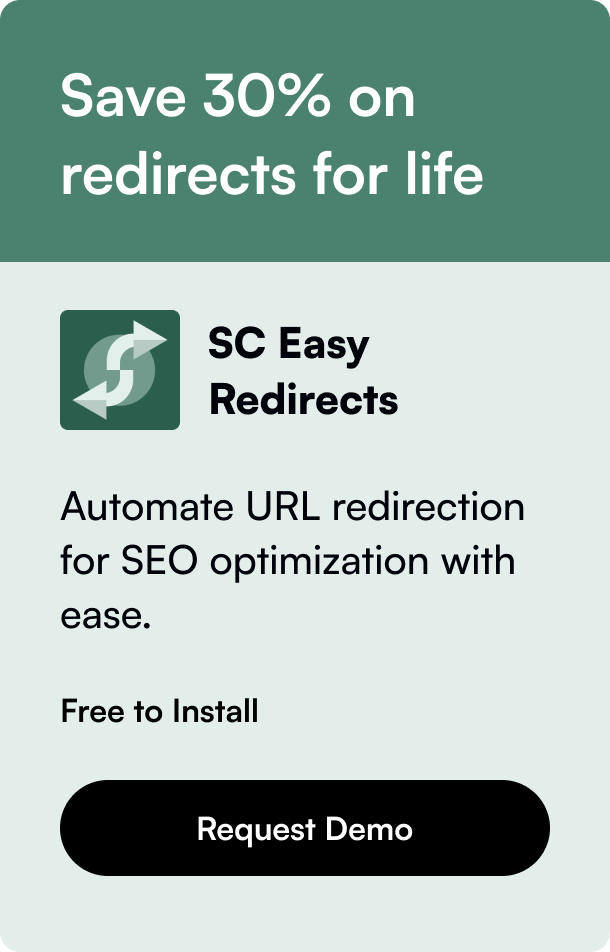Table of Contents
- Introduction
- Why Integrate Pinterest with Shopify?
- Step-by-Step Guide to Adding the Pinterest HTML Tag to Shopify
- Conclusion
- FAQ
In the dynamic world of e-commerce, Pinterest stands out as a visual discovery engine that can significantly amplify your Shopify store's visibility and engagement. This powerful synergy between Pinterest and Shopify can be a game-changer for your business, enabling you to tap into Pinterest's massive audience of potential customers. But how exactly can you link these two platforms? This article dives deep into how to add the Pinterest HTML tag to your Shopify store, ensuring your products get the attention they deserve.
Introduction
Have you ever wondered how certain Shopify stores manage to drive a substantial amount of traffic seemingly effortlessly? The secret might just lie in their strategic use of social media platforms, particularly Pinterest. With over 450 million active users, Pinterest acts as a massive platform for discovery, making it an ideal place to showcase your Shopify products. But to truly harness the power of Pinterest, you'll need to know how to properly integrate it with your Shopify store. This not only involves claiming your website on Pinterest but also adding the Pinterest HTML tag to Shopify. This process might sound technical, but it's a straightforward step that can unlock a wealth of benefits for your store.
Whether you're a seasoned e-commerce entrepreneur or just starting out, this article will guide you through the process of adding the Pinterest tag to your Shopify store. By the end of this read, you'll not only understand the importance of this integration but also how to execute it flawlessly.
Why Integrate Pinterest with Shopify?
Before diving into the "how," let's explore the "why." Connecting your Shopify store to your Pinterest business account can:
- Enhance Visibility: Pinterest acts as a showcase, putting your products in front of users actively searching for inspiration and ideas.
- Increase Traffic: A well-set Pinterest tag can drive significant traffic to your store, potentially boosting sales.
- Improve Targeting: The data collected through the Pinterest tag allows for precise targeting and retargeting campaigns, making your marketing efforts more effective.
Step-by-Step Guide to Adding the Pinterest HTML Tag to Shopify
Step 1: Claim Your Shopify Website on Pinterest
To kickstart the process, you'll need to claim your Shopify website on your Pinterest business account. This step is crucial as it verifies that you're the rightful owner, enabling Pinterest's rich pins for your content, which provides more context about your products directly on Pinterest.
- Navigate to your Pinterest business account settings and find the "Claim" section.
- Enter your Shopify website's URL and proceed to claim it.
- Pinterest will provide a META tag—a snippet of HTML code.
- Copy this META tag; you'll need to insert it into your Shopify's backend.
Step 2: Insert the META Tag in Shopify
Now, head over to your Shopify admin area to add the META tag:
- Go to "Online Store" and click on "Themes."
- Find the theme you're using and select "Actions," then "Edit code."
- Locate the
theme.liquidfile within the "Layout" directory. - Paste the META tag provided by Pinterest just below the opening
<head>tag. - Save your changes.
Step 3: Verify Your Website on Pinterest
After adding the tag to Shopify, return to Pinterest to complete the verification:
- Go back to the "Claim" section in your Pinterest settings.
- Click "Verify" next to your website's URL.
- If everything is set up correctly, Pinterest will confirm that your website is claimed, granting you access to additional features and analytics.
Going Beyond: Utilizing Pinterest Tags for Enhanced Data Tracking
After claiming your website, you might want to explore adding Pinterest base code and event tags. These tags help track users' actions on your website, like making purchases or adding items to their cart, providing invaluable insights for optimizing your Pinterest marketing strategy.
- Base Code: This should be installed across all pages of your website to track general visitor data.
- Checkout Event: Specifically tracks when a purchase is completed.
- AddToCart Event (Optional): Tracks when items are added to a shopping cart.
Conclusion
Integrating Pinterest with your Shopify store by adding the Pinterest HTML tag opens up a realm of possibilities for your e-commerce business. It not only amplifies your store's visibility but also enhances your targeting capabilities, ultimately driving more traffic and sales. By following the steps outlined in this guide, you're well on your way to leveraging the full potential of Pinterest to elevate your Shopify store. Remember, the digital marketplace is highly competitive, but with the right strategies, such as integrating Pinterest, you can significantly enhance your store's performance.
FAQ
Q: Can I connect multiple Shopify stores to one Pinterest account?
A: No, you can only connect one Shopify store to a single Pinterest business account at a time. If you have multiple stores, you'll need separate Pinterest accounts for each.
Q: What if I already manually added the Pinterest tag to Shopify?
A: You should remove any manually-added Pinterest tags before using the Pinterest for Shopify app to avoid any conflicts or duplicate tracking.
Q: How long does it take for website verification on Pinterest?
A: Typically, website verification on Pinterest is quick and should take just a few minutes, provided the META tag is correctly added to your Shopify store.
Q: Is it necessary to use the Chrome browser?
A: While it's not mandatory, using the Chrome browser on a desktop is recommended by Pinterest for a smoother experience during the integration process.
Q: Can I track specific activities, like adding items to a cart, with Pinterest tags?
A: Yes, by adding event-specific tags, like the addtocart event, you can track specific activities performed by visitors on your Shopify store.








